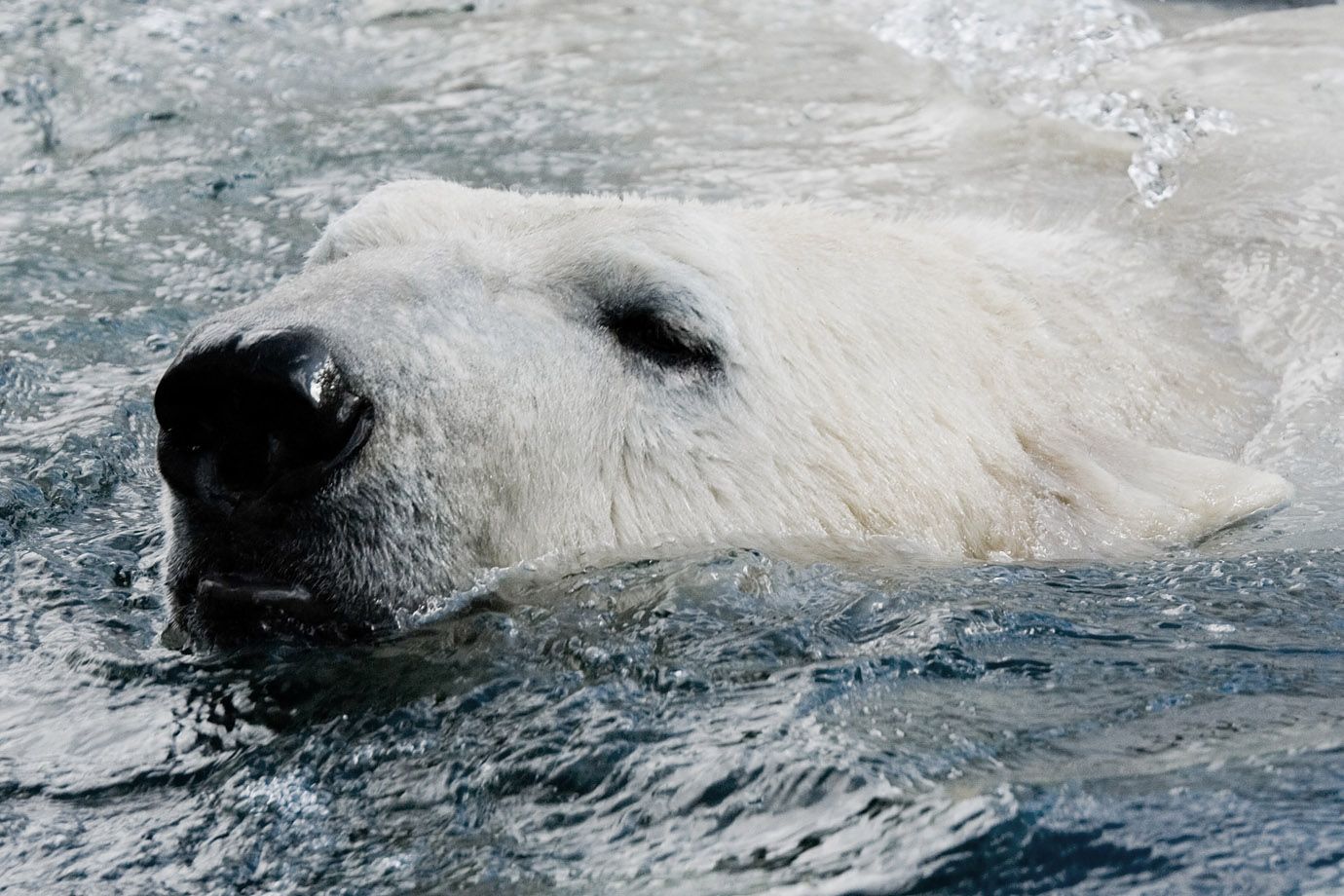
Polar Bear
The Polar Bear is a bear native largely within the Arctic circle encompassing the Arctic Ocean, its surrounding seas and surrounding land masses. It is the world's largest land carnivore and also the largest bear.
Courtship and mating take place on the sea ice in April and May. A male may follow the tracks of a breeding female for 100 km or more. Polar bears have a generally polygynous mating system. Partners stay together and mate repeatedly for an entire week; the mating ritual induces ovulation in the female.
After mating, the fertilized egg remains in a suspended state until August or September. Between November and February, cubs are born blind, covered with a light down fur, and weighing less than 0.9 kg. On average, each litter has two cubs. The family remains in the den until mid-February to mid-April, with the mother maintaining her fast while nursing her cubs on a fat-rich milk. By the time the mother breaks open the entrance to the den. For about 12 to 15 days, the family spends time outside the den while remaining in its vicinity. Then they begin the long walk from the denning area to the sea ice.
Source: en.wikipedia.org/wiki/Polar_bear - 28.04.2010
Polar Bear
It is difficult to imagine, that such an animal is able to swim in the icy water and live on the countryside when the temperature is arctic.







